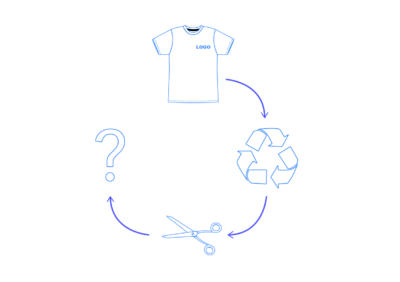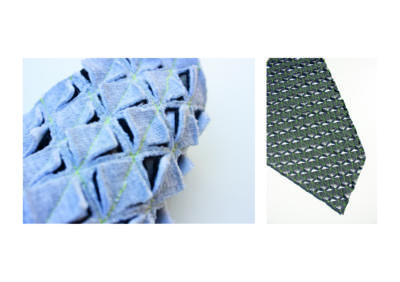
REtake is not only a study of recycling, but also a study of materials, colours, and techniques.
The objective of REtake is to raise awareness about the fact that a lot of the things that simply end up on the rubbish heap still contain valuable materials. These materials can still be used in new, valuable products, thus extending the useful life of the relevant material. In the linear economic system that most of us live by, we generally apply the principle of Take, Make, and Waste. However, due to this principle our rubbish heap is continually growing. This is because we do not look at the materials used to make the products we no longer want before relegating them to the rubbish heap. Often, there are still some good-quality materials in these products. These materials can be reused in a new product.
Waste has a negative connotation, and is therefore not considered a valuable raw material. Our fear that waste cannot be used as a good raw material for valuable designer products is still so dominant that we do not even consider using it.
The heaps of work clothing that we throw away also contain materials of good quality. Work clothing is generally intended to be worn for only four or five years. However, digging into these heaps of thrown-away work clothing reveals that they contain clothing that has been worn, but also brand-new items. Work clothing often ends up on the rubbish heap because it has corporate logos and may therefore not be worn on the street. Other reasons for this could be overstocking, a merger, or defects. This clothing is often secretly burned because of these logos. This process releases and lot of carbon dioxide. The work clothing collected by REtake is composed of everyday clothing, such as sweatshirts, T-shirts, or polo shirts, and is made from cotton/polyester or a combination of various polymers. Because of the many requirements it must satisfy, it is generally of a high standard of quality with good properties. As a result, these materials can easily be used to create a new product. At present, a portion of this clothing is being fiberized, but to me this is taking it one step too far. There must be a solution between using an item of clothing and burning or fiberizing it.
The study conducted by REtake resulted in a series of wall tiles. The material was used in its entirety and as efficiently as possible. One sweatshirt served as the basis for an entire series of wall tiles, for example. The connections of the material play a big part in its new application. The wall tiles can easily be dismantled after use thanks to the simple fastening system and because they are composed of individual elements. All techniques were applied based on the idea that the items could be dismantled, sorted, and recycled after their use.











If fiberizing clothing is one step too far, how can I give these combined materials another chance to serve as a raw material for a new product, and in doing so, extend their useful life?